Rubber Shortages Become Latest Problem for Auto Industry

Those of you tracking the semiconductor shortage can probably take it easy for a while, as practically every industry group on the planet has tentatively agreed we’ll be seeing a chip deficit for a few years. Meanwhile, market analysts are trying to predict the next material we won’t have enough of and rubber is looking like an ideal candidate.
Rubber supplies are drying up and price increases are reportedly beginning to climb at an untenable pace. Despite several years of relatively stable availability and low prices, supply chain disruptions created by lockdowns have left latex harvesters in a bad position. Low prices encouraged many to over harvest their existing crop, rather than invest in farmland. But with shortages looking probable as countries began responding to the pandemic, China went on a buying spree to maintain a robust national stockpile in 2020. The United States was late to the party and now finds itself in a position where scarcity is driving rubber prices through the roof just when it needs to buy more.
“The supply issues that we’re seeing now, they are structural,” said Meyer, who now works as a managing director for Angsana Investments Private Ltd. in Singapore. “They will not change very soon.”
But the issue is actually a lot bigger than the rubber problem. Many are arguing that we’re seeing the dangers of global supply chains and just-in-time manufacturing practices manifesting in real-time. With lockdowns having disrupted practically every industry in existence, all sorts of materials and components are becoming increasingly difficult to come by. Regional issues frequently make these issues worse. For example, Asian markets aren’t suffering quite so badly from the semiconductor shortage due to the location of the facilities responsible for their manufacturing and it’s a similar story with latex — as Thailand, Indonesia, Vietnam, China, and India are the world’s largest producers of natural rubber by far.
From Bloomberg:
Carmakers including Ford Motor Co. and Stellantis NV, formerly known as Fiat Chrysler, say they’re monitoring the rubber situation but have yet to feel an impact. General Motors Co., similarly, says it isn’t worried about its rubber supply. France’s Michelin, one of the world’s largest tire makers, is skirting port congestion by using air freight shipments direct from Asia.
But for suppliers reliant on U.S. distribution, rubber is already a concern.
“I’ve got everybody alerted that I’ll take materials as fast as they can get it to me,” said Gary Busch, director of global procurement at Carlstar Group, which makes tires for off-road and agriculture vehicles.
Natural rubber [or latex] is produced from the white sap of trees found in the warm, humid climates of countries such as Thailand and Vietnam. While petroleum-derived synthetic rubber is preferred for some applications, the natural version has properties that are critical for products such as gloves and packaging tapes — both of which have seen demand rise during the pandemic. And as the critical component in tires and anti-vibration parts under the hood, it’s more closely associated with the auto industry than any other.
While the United States and Europe use substantially less rubber than a country like China, they also don’t have any meaningful stockpiles of the material to speak of (unless the giant Uniroyal tire turns out to actually be made of rubber) and fewer ways of sourcing their own. Something tells us that might eventually become something the government will push to change, though it could be too late to effectively mitigate whatever disaster we’re heading into. Rubber is just the latest in a laundry list of material shortages we’re being warned about. Just about every metal that does into electronics is also showing a spike in demand, with some (e.g. copper and cobalt) likely experiencing massive shortfalls over the next decade.
But there’s a problem with just trying to source more. It takes about seven years until plants can produce a sufficient amount of sap for rubber and establishing new mines for precious metals usually takes a minimum of five years. These are just minimum estimates, however. A few bad seasons can delay rubber tree maturation by years and mining operations frequently run into prolonged setbacks after the initial planning phase is underway. We envision plenty of problems moving ahead, with petroleum byproducts being used to create even more synthetic rubber in the West.
[Image: Joseph Sohm/Shutterstock]

A staunch consumer advocate tracking industry trends and regulation. Before joining TTAC, Matt spent a decade working for marketing and research firms based in NYC. Clients included several of the world’s largest automakers, global tire brands, and aftermarket part suppliers. Dissatisfied with the corporate world and resentful of having to wear suits everyday, he pivoted to writing about cars. Since then, that man has become an ardent supporter of the right-to-repair movement, been interviewed on the auto industry by national radio broadcasts, driven more rental cars than anyone ever should, participated in amateur rallying events, and received the requisite minimum training as sanctioned by the SCCA. Handy with a wrench, Matt grew up surrounded by Detroit auto workers and managed to get a pizza delivery job before he was legally eligible. He later found himself driving box trucks through Manhattan, guaranteeing future sympathy for actual truckers. He continues to conduct research pertaining to the automotive sector as an independent contractor and has since moved back to his native Michigan, closer to where the cars are born. A contrarian, Matt claims to prefer understeer — stating that front and all-wheel drive vehicles cater best to his driving style.
More by Matt Posky
Latest Car Reviews
Read moreLatest Product Reviews
Read moreRecent Comments
- Corey Lewis It's not competitive against others in the class, as my review discussed. https://www.thetruthaboutcars.com/cars/chevrolet/rental-review-the-2023-chevrolet-malibu-last-domestic-midsize-standing-44502760
- Turbo Is Black Magic My wife had one of these back in 06, did a ton of work to it… supercharger, full exhaust, full suspension.. it was a blast to drive even though it was still hilariously slow. Great for drive in nights, open the hatch fold the seats flat and just relax.Also this thing is a great example of how far we have come in crash safety even since just 2005… go look at these old crash tests now and I cringe at what a modern electric tank would do to this thing.
- MaintenanceCosts Whenever the topic of the xB comes up…Me: "The style is fun. The combination of the box shape and the aggressive detailing is very JDM."Wife: "Those are ghetto."Me: "They're smaller than a Corolla outside and have the space of a RAV4 inside."Wife: "Those are ghetto."Me: "They're kind of fun to drive with a stick."Wife: "Those are ghetto."It's one of a few cars (including its fellow box, the Ford Flex) on which we will just never see eye to eye.
- Oberkanone The alternative is a more expensive SUV. Yes, it will be missed.
- Ajla I did like this one.



















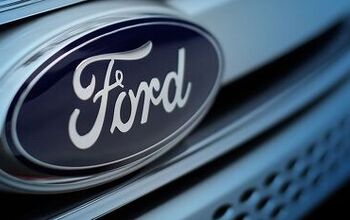
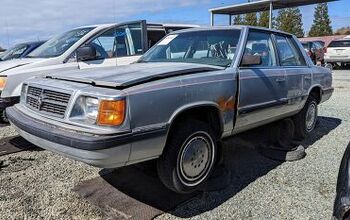

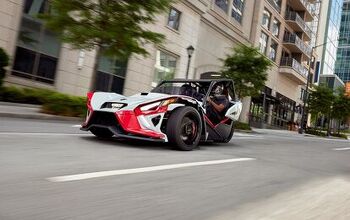

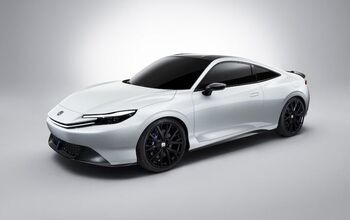
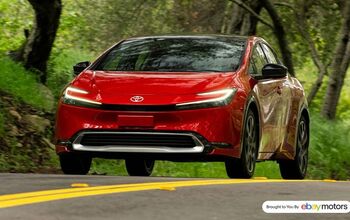

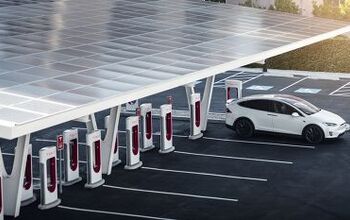
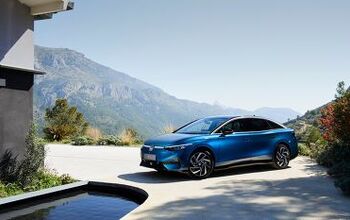
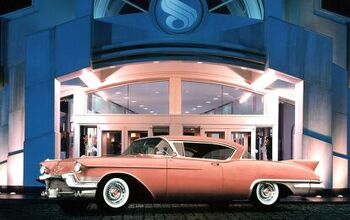

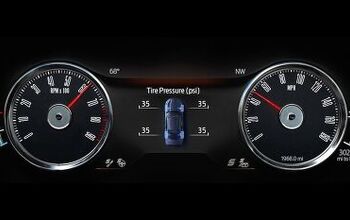

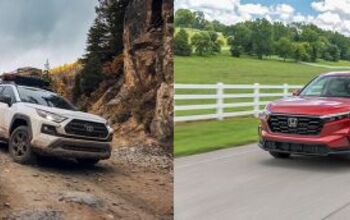
Comments
Join the conversation
Maybe that idiot on YouTube that put the wagon wheels on the Hellcat was on to something.
We are on our second Honda (1998 Civic, sold, 2011 CR-V AWD, daughter drives it now) and our second Subaru (2002 Forester, sold, 2013 Forester, wife's car). The 2011 CR-V is the best vehicle I ever owned (had new Nissan Maxima, Ford Taurus, many others, currently own a 2017 CX-5 Grand Touring AWD). There is no question in my mind that Hondas are better vehicles. Better engines, better transmissions, better suspensions you name it it's better. The only thing Subarus have for them is the AWD system which is slightly superior, and for current models, much better visibility. And wife likes Subarus so end of the story. I would take a Passport or Pilot over this any day.